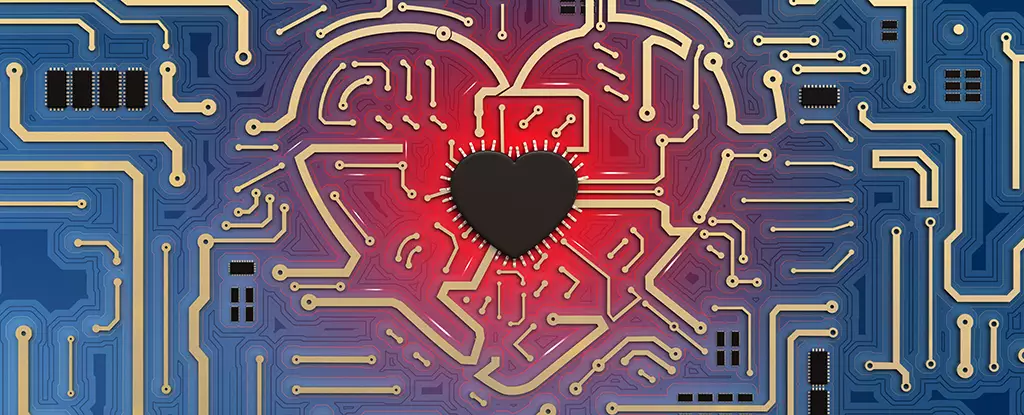Simulating miniaturized versions of human organs in the lab has emerged as a pivotal tool in medical research. Recently, a team of researchers from Cedars-Sinai Medical Center in Los Angeles unveiled their groundbreaking “heart-on-a-chip” model. This model is poised to revolutionize the testing of cancer treatments, particularly those that pose a risk of heart damage. Unlike previous heart-chip models, the new version showcases mature cells developed from human induced pluripotent stem cells (hiPSCs) and has the ability to beat similar to a human heart, at approximately 60 beats per minute.
In their published paper, the researchers project that multi-lineage hiPSC-based systems, such as the heart-chip, have the potential to reduce reliance on animal models for preclinical drug cardiotoxicity testing. By engineering hiPSCs to become heart cells and blood vessel cells, the researchers were able to create a unique model for testing. These cells were placed on a flexible silicone material called polydimethylsiloxane (PDMS). Crucially, the design incorporated two parallel channels that keep the heart cells (cardiomyocytes) and blood vessel cells (endothelial cells) separate, but still close enough to interact, mimicking the conditions in a human body.
A Promising Tool for Drug Development
The heart-chip provides a platform for simulating the flow of blood and the mechanical movements of the heart. This enables scientists to predict potential toxicity problems that could lead to arrhythmia or the death of muscle cells, through the simulation of various drug treatments. The researchers write that the heart-chip could be used to screen potentially cardiotoxic chemotherapeutic agents on multiple cardiovascular cell types, providing a physiologically-relevant model. What sets this heart-chip apart is its functionality for several weeks, granting researchers the opportunity to conduct longer-term investigations into the influence of drugs and other environmental factors on the heart.
Aside from its potential in drug development, the heart-on-a-chip gives scientists the chance to delve into the intricate details of heart disease. It offers insight into its onset, progression, and potential treatment approaches. Over the past few years, there have been significant advancements in the development and production of these chips. They now provide highly accurate simulations of how various parts of the human body respond on the smallest scales. The researchers express optimism that heart-chips may be utilized for drug toxicity screening and can uncover cell-type specific toxicities in response to cardiotoxic compounds.
The heart-on-a-chip model developed by the team at Cedars-Sinai Medical Center showcases immense potential in the field of medical research. Its ability to replicate the mechanical movements and functions of the human heart, coupled with its longevity during testing, positions it as a valuable tool for predicting the potential toxicity of various drugs. Furthermore, it promises to deepen our understanding of heart disease, ultimately leading to safer drug development and more effective treatment strategies. As technology continues to advance, we can anticipate further breakthroughs in the development of organ models-on-a-chip, revolutionizing medical research for years to come.



Leave a Reply